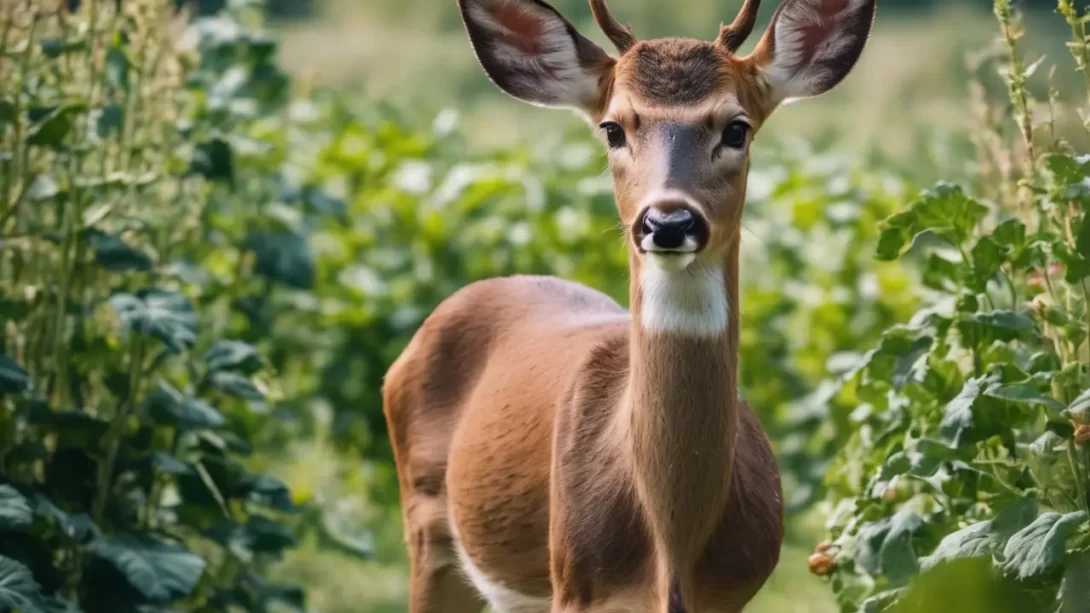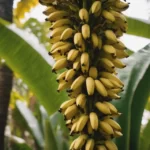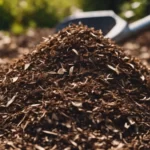Animal manure has been a staple in agriculture and gardening for centuries, valued for its ability to enrich soil and promote plant growth. Among the various types of manure used, deer poop is an often overlooked option. This article explores the potential of deer poop as a fertilizer, delving into its composition, benefits, and how it compares to more commonly used manures.
Deer Poop
Deer poop is composed of digested plant material, as deer are herbivores. It typically appears in small, pellet-like forms and is rich in nutrients essential for plant growth. Compared to other manures like cow or horse manure, deer poop is generally lower in volume and nutrient density. However, its composition can vary depending on the deer’s diet and the environment in which it lives. This variability can influence the quality and effectiveness of deer poop as a fertilizer.
Benefits of Using Deer Poop as Fertilizer
One of the main benefits of using deer poop as fertilizer is its nutrient content. It contains essential nutrients such as nitrogen, phosphorus, and potassium, albeit in lower concentrations than other animal manures. These nutrients are crucial for plant growth and soil health. Additionally, deer poop is often considered to have a lower odor and fewer weed seeds compared to other manures, making it a more appealing choice for gardeners. Its fine, pellet-like nature allows for easy application and breakdown in the soil, potentially enhancing soil structure and moisture retention.
Considerations and Precautions
Using deer poop as fertilizer requires mindful consideration of potential health risks. Deer poop can harbor bacteria and parasites, such as E. coli and Giardia, which can be harmful to humans and pets. These risks highlight the importance of handling deer poop with care, preferably wearing gloves, and ensuring it does not come into contact with edible parts of plants, especially those consumed raw. It’s also crucial to be aware of the local wildlife and ecosystem, as introducing deer poop from one area to another could potentially spread diseases among wildlife populations.
Composting Deer Poop
To safely use deer poop as fertilizer, composting is a recommended practice. Composting not only reduces the risk of pathogens but also helps to stabilize the nutrients, making them more readily available to plants. The process involves mixing deer poop with carbon-rich materials like dry leaves, straw, or wood chips, and allowing the mixture to decompose over time. This decomposition process generates heat, which helps to kill off harmful pathogens. The compost should be turned regularly to ensure even decomposition and aeration.
Application in the Garden
Once properly composted, deer poop can be a valuable addition to your garden. It can be used as a top dressing for garden beds or mixed into the soil at the time of planting. Its nutrient content, particularly nitrogen, makes it beneficial for leafy plants and vegetables. However, due to its lower nutrient density compared to other manures, it might be necessary to use it in larger quantities or supplement it with other fertilizers for the best results. It’s also important to ensure that the composted deer poop is well-aged and fully decomposed before application to avoid any potential root burn or nutrient imbalances.
Potential Drawbacks
While deer poop can be a beneficial addition to garden soil, there are potential drawbacks to consider. One of the main issues is the uneven distribution of nutrients. Unlike commercially produced fertilizers, the nutrient content in deer poop can vary significantly depending on the deer’s diet and the environment. This variability can make it challenging to achieve consistent results in the garden. Additionally, the lower nutrient density means that larger quantities may be required to match the effectiveness of other manures or commercial fertilizers, which might not be practical for all gardeners.
Environmental and Ethical Considerations
It’s also important to consider the source of the deer poop. Collecting it from wild populations should be done responsibly to avoid disturbing natural habitats or the animals themselves. In areas where deer populations are controlled or in managed settings like deer farms, using the manure can be a way to recycle waste products sustainably. However, ethical considerations should be taken into account, particularly regarding wildlife interference and habitat conservation.
Conclusion
Deer poop can be a useful fertilizer in gardening, offering a natural and potentially sustainable source of nutrients, especially when composted properly. Its benefits include a lower odor, fewer weed seeds, and the enhancement of soil structure. However, the variability in nutrient content, potential health risks, and the need for careful sourcing and composting are factors that gardeners should weigh carefully. While it may not be the most potent or convenient choice compared to other fertilizers, for those willing to put in the extra effort, deer poop can be a viable addition to a comprehensive garden fertilization plan, particularly in settings where it is readily available and can be collected responsibly.



